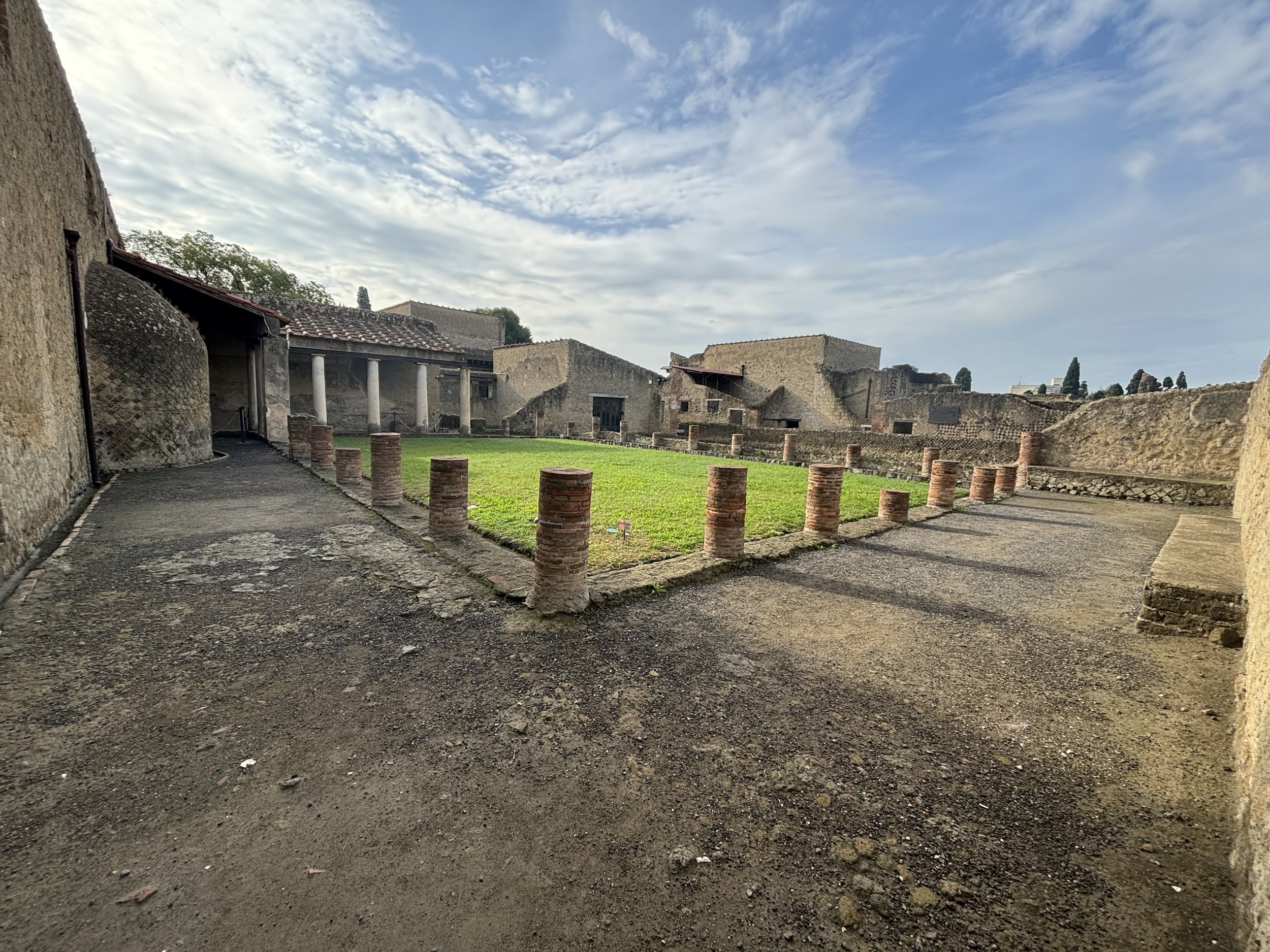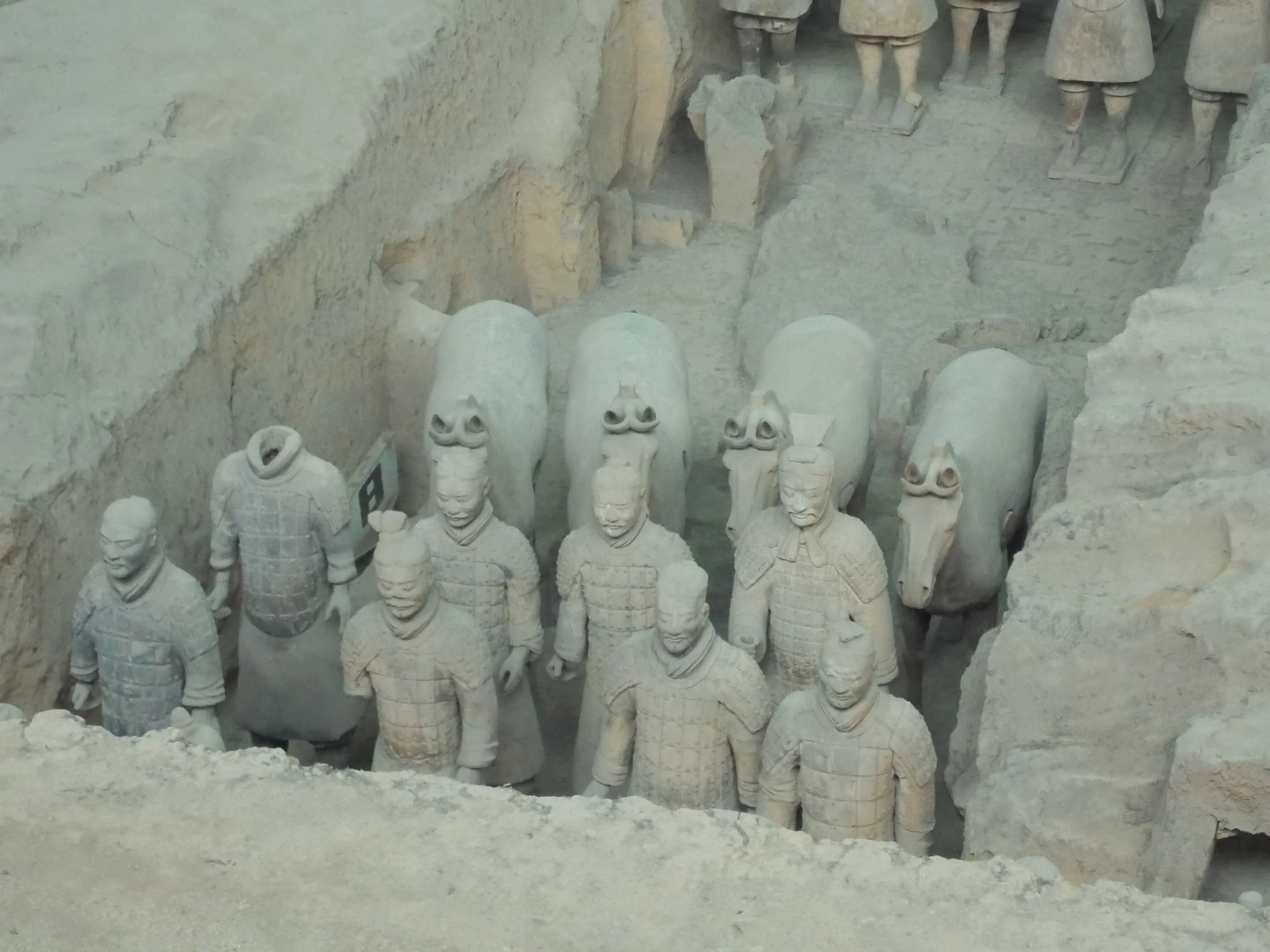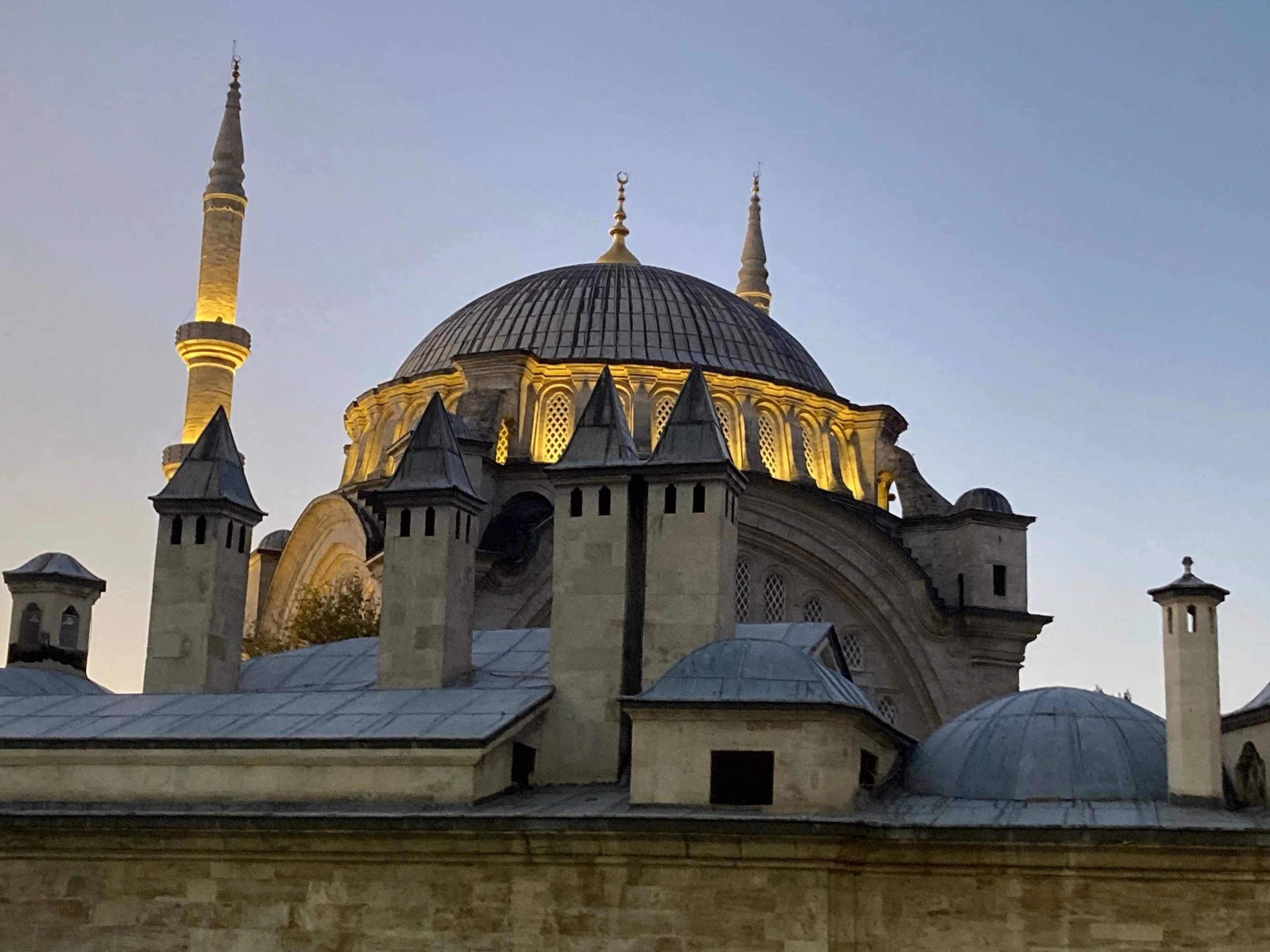
If you could travel through time, where would you go? What if a trip was designed to show you a picture of that time…
Our Historical Period Trips
-
![]()
Renaissance
The Renaissance, a period of extraordinary cultural, artistic, and intellectual growth, which originated in the heart in Florence during the 14th century. This era marked a revival of classical learning and humanism, driven by the patronage of powerful families like the Medici, whose support of artists, architects, and scholars transformed Florence into a hub of creativity and innovation.
Today you can explore the treasures of the Renaissance throughout the city. The Uffizi Gallery houses masterpieces by artists like Botticelli, Michelangelo, and Leonardo da Vinci, while Brunelleschi’s Dome atop the Duomo stands as a testament to the era’s architectural genius. The Palazzo Vecchio and Medici Chapels reflect the Medici family's influence, while the Galleria dell’Accademia features Michelangelo's iconic David.
The Laurentian Library, commissioned by Lorenzo de Medici to house, preserve and disseminate the Medici’s extensive collection of manuscripts and classical texts, and designed by Michelangelo, is a must-see for its architectural brilliance. The Palazzo Medici Riccardi, the family’s first palace, showcases early Renaissance architecture and houses stunning frescoes like the Chapel of the Magi by Benozzo Gozzoli.
Finally, Florence’s streets and piazzas are living museums, where history blends seamlessly with daily life and where you can immerse yoursef in the spirit of the Renaissance, where art, science, and philosophy flourished in a city that changed the course of history.
-
![]()
Roman Republic
The Roman Republic was a transformative era in the history of Rome, marked by the development of its republican government, military expansion, and cultural achievements. Emerging after the overthrow of the Roman monarchy, the Republic was characterized by a system of checks and balances, with power divided among the Senate, elected magistrates, and popular assemblies.
The Republic saw the rise of legendary figures like Scipio Africanus whose military strategy allowed Rome to triumph at the Battle of Zama against Hannibal, following his invasion during the Second Punic War; Tiberius and Gaius Gracchus who initiated critical reforms to address social inequality during the turbulent late Republic; Gaius Marius who restructured the Roman army, setting precedents for military power; and, finally, the rise and fall of Julius Caesar, following his victory in the Gallic Wars and the Civil War against Pompey, which signalled the Republic’s end and paved the way for the Roman Empire.
Visitors today can explore numerous sites that connect to the Republic’s legacy. The Roman Forum in Rome, the heart of political and public life, showcases remnants of temples, basilicas, and the Curia, where the Senate convened. The Via Appia Antica, Rome’s oldest road, offers a journey back in time to the Republic’s engineering prowess. Beyond the capital, the ruins of Carthage in Tunisia tell the story of Rome’s triumph over its greatest rival. Together, these locations paint a vivid picture of a republic that shaped the world.
-
The Qin Dynasty and Birth of Imperial China
The Qin Dynasty (221–206 BC) was a brief yet transformative era that unified China under Qin Shi Huang, its first emperor. Known for his ambition and vision, Qin Shi Huang standardized the written language, currency, and measurements, while initiating monumental projects like the Great Wall’s earliest sections and his own vast tomb, which is guarded by the famous Terracotta Army.
In Xi’an, visitors can explore the emperor’s enduring legacy. The Mausoleum of Qin Shi Huang remains one of the most enigmatic archaeological sites in the world. Discovered in 1974 near Xi'an, Shaanxi Province, the mausoleum is renowned for the Terracotta Army, a vast collection of life-sized clay soldiers intended to accompany the emperor in the afterlife. The Terracotta Army, a UNESCO World Heritage Site, comprises thousands of life-sized clay soldiers, horses, and chariots, each uniquely detailed, reflecting the emperor’s desire for immortality and his military strength. Nearby, Mount Li houses Qin Shi Huang’s mausoleum’s central tomb chamber, a still-unexcavated site believed to contain untold treasures.
Additionally, the Ancient City Wall, expanded during later dynasties, provides a panoramic view of Xi’an, once the capital of a unified China.These landmarks celebrate the ambition and ingenuity of a ruler who laid the foundations for 2,000 years of imperial history.
-
![]()
Byzantine Empire
The Byzantine Empire (330–1453 AD), the eastern continuation of the Roman Empire, blended Roman governance, Greek culture, and Christian theology into a powerful and enduring civilization. Its capital, Constantinople (modern-day Istanbul), was the cultural and political heart of the empire and a vital crossroads of East and West. The city was founded by emperor Constantine the Great and saw its golden age under Justinian I.
Istanbul today is a treasure trove of Byzantine heritage. The Hagia Sophia, originally built as a Christian Basilica by Emperor Justinian I in the 6th century, remains an architectural masterpiece. Its massive dome, intricate mosaics, and layers of history—from a church to a mosque to a museum—tell the story of Byzantium’s religious and cultural influence.
The Theodosian Walls, constructed in the 5th century and which protected the city for centuries, are a testament to Byzantine engineering, having withstood numerous sieges over a millennium. Beneath the city, the Basilica Cistern, an engineering marvel of the empire used to store water for the capital, offers a hauntingly beautiful glimpse into the infrastructure that sustained the empire. Each site captures the innovation, faith, and grandeur of a civilization that bridged antiquity and the Middle Ages.



